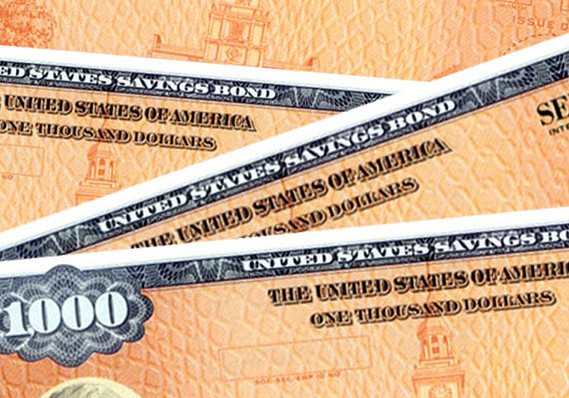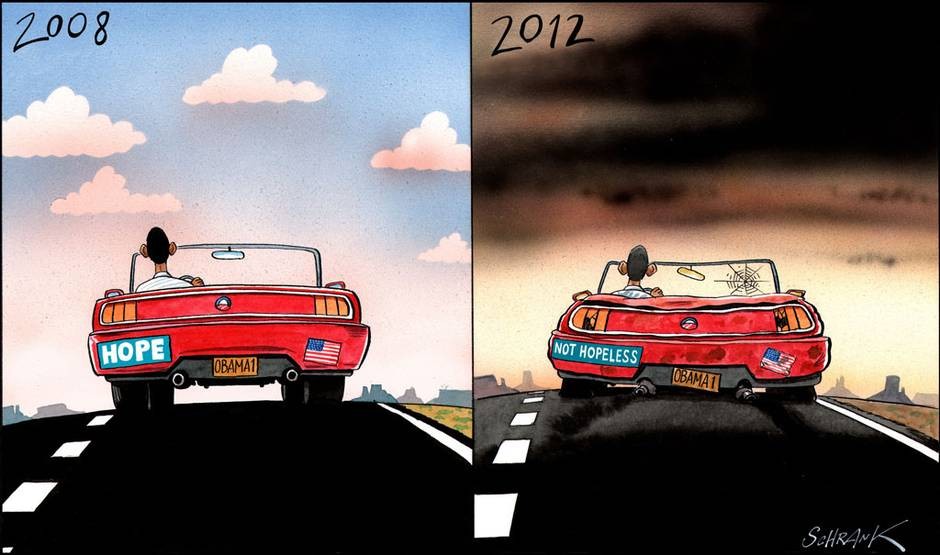Bonds are suddenly the hot investment
Post on: 24 Июнь, 2015 No Comment

ChuckJaffe
As the investing world headed into January, it was almost universally accepted that 2014 would be a bad year to own bonds and bond funds.
As the investing universe begins February, it seems that everything has changed.
Suddenly, bonds are the hot investment, the thing the experts are saying to buy. Fears of a bond bubble—a collapse that was supposed to occur the instant interest rates started to rise—have dissipated, and investors who were being told to give up their bond funds are now being told to circle back for more.
In the slow-moving world of bonds and bond funds, it may be the fastest reversal in thinking ever.
For fund investors—who ended 2013 wondering if diversification still worked because domestic stocks had been ruling the world—it’s a good reminder that no matter how hot or cold the market gets, spreading money around into different asset classes makes more sense than chasing what’s hot.
To see why, let’s dig into what’s been happening with bonds.
Clearly, investors entered the year thinking rates would keep rising. The 10-year Treasury was yielding north of 3 percent entering January, but was down to 2.7% this past week.
Obamas MyRA proposal: Mind the buts
Charles Jaffe look at the details behind President Obamas MyRA savings program and advises investors to read the fine print .
Investors were expecting the Federal Reserve’s pullback from quantitative easing to have a very specific impact; if the Fed was buying fewer bonds, it would push rates up. While that was happening, bond prices would suffer, and bond-fund investors weren’t anxious to see the pain of a bad year in 2013 turn into something much bigger.
The counterpoint was that if the Fed bought fewer bonds, it could slow the global economy, which would create pressure to keep rates low.

“When the Fed began to reduce its bond purchases, you saw a sell-off in emerging markets, declining commodity prices and a lot of the global economy had been having fun at the party because the Fed had been spiking the punch bowl, but now they were taking the punch bowl away,” said Kathy Jones, fixed-income strategist at Charles Schwab. “While short-term bonds are not paying you for taking the risk and long-term bonds are still too volatile, intermediate bonds—somewhere in the three- to five-year range—are pretty attractive, especially in investment-grade corporate bonds and even municipals.”
Jones is not alone in her thinking, but if the experts are changing their tune now, the question for investors to be asking is, “were they wrong just a month or two ago, or are they wrong now?”
While that kind of thinking is fun—you get to blame the experts for being wrong, as they are a lot of the time—it’s also counter-productive.
Since 2008, most financial advisers have reported that clients have overweighted bonds; fund-flow statistics showed that inflows into bond funds were oversized as investors looked for protection from the stock market and sought safe havens even as the stock market reversed its course and went on a lengthy run.
By the end of 2013, investor sentiment on stocks was getting to nosebleed levels, and the cash was flooding out of bond funds. Investors were late to the party on equities and, apparently, leaving bonds at just the wrong time too.
Which brings the discussion to what investors should do now that bonds don’t look nearly so scary.














